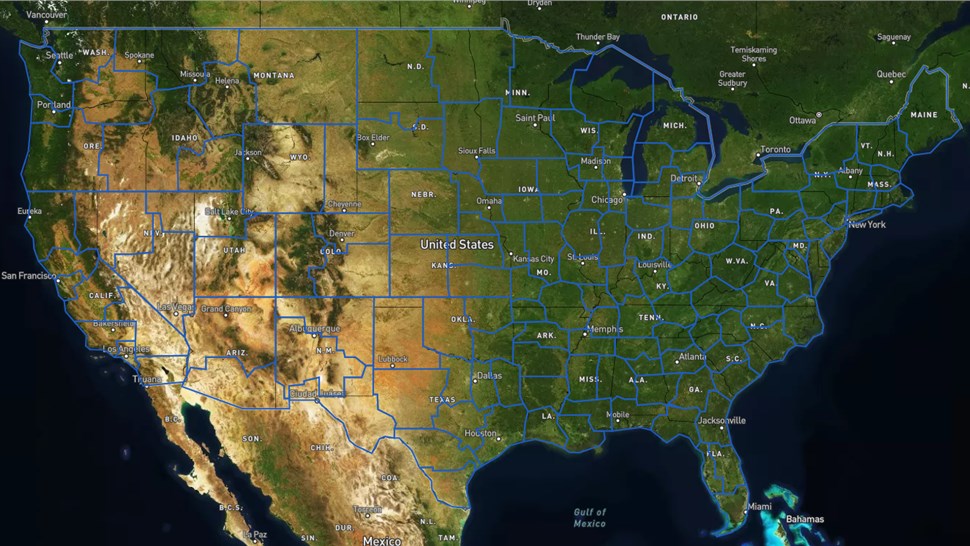A Service Demand Area (SDA) is a specified geographic region of the United States which provides an observer with an estimate of how much opportunity exists to support a company specializing in the home services industry. Companies in the home services industry include home remodeling companies, local and international moving companies, HVAC companies, electricians, and plumbers.
SDAs inform contractors of the total amount of annual leads, total annual revenue, and average job size by geo specificity and vertical.
How SDAs Were Designed
Individual SDAs were created by grouping U.S. counties together according to their geographic size, location, and the number of households contained within their borders. Each SDA has between roughly 350,000 to 3,500,000 households within them, as this is the predicted number of homes necessary to support a home services industry company.
The SDAs span a geographic area that could reasonably be covered by a company that sends employees to a home in order to sell a product. The entire United States is divided into 150 such areas. Ninety-five percent of SDAs fall within the range of 350,000 to 3,500,000 households.
Once the size and location of an SDA was established, additional data was then overlaid within each SDA. This data includes the predicted home services industry lead volume, the average cost of a home services industry job, and potential home services industry revenue available within each SDA.
How Can You Use an SDA
Someone within the home services industry can use an SDA to determine how much opportunity exists within a serviceable geographic area. This can help a business determine if there is room to expand services within a given market or assist a business in planning a potential expansion into a new market.
How an SDA differs from a DMA
A Designated Market Area (DMA) is a geographic area of the United States defined around the television viewership in that region. Nielsen has defined 210 DMAs throughout the U.S. with the intent of providing marketers with the ability to better design and implement television marketing campaigns.
By contrast, Service Demand Areas (SDAs) were designed not around television viewership in a region, but the number of households within a region. The focus on households is due to the fact that SDAs are intended to be used specifically for companies within the home services industry, as these companies primarily rely on servicing homeowners.
SDAs were also created to take into account geographic size and the difficulty of traversal by vehicle, as the home services industry must factor in driving time when deciding on whether to service a given market. This is another feature DMAs do not take into account. The additional data provided by an SDA (i.e. lead volume, the average cost of a job, the potential revenue to be gained) is also meant to specifically assist the home services industry.
Difference between an SDA and MSA
A Metropolitan Statistical Area (MSA) is any urbanized area with a population of 50k+ individuals. However, MSAs only account for specific areas, meaning there are gaps in the map. This geographic segmentation was created by the United States Office of Management and Budget. It has a focus on individuals rather than households and allows for large gaps between its closest MSAs. These geographic segmentations are mainly used by the United States government to analyze labor market and COLI (Cost of Living Index measures).
SDAs differ from MSAs by normalizing household dispersion in differing regions instead of clustering them into populus and non-populous areas. SDAs also group based on the driveability and household volume that is able to sustain home services companies. It is the first geographic segmentation based around the home services industry.





